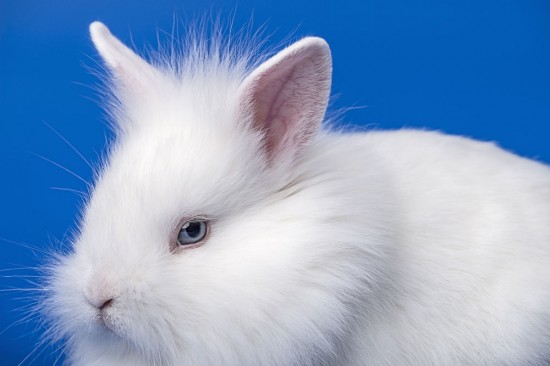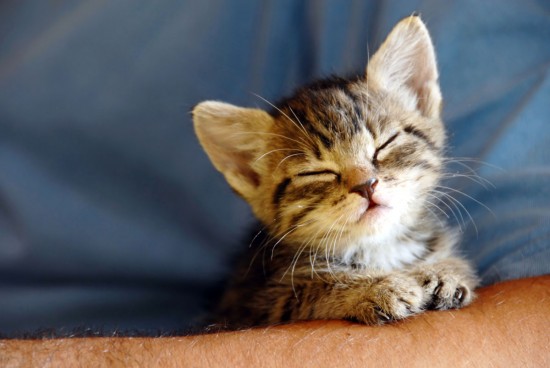
Chances are anaconda snakes eating habits is something that did not mightily interest you before you saw the movie Anaconda. Indeed, why should you, sitting at Orlando or Oslo, be even bothered about the eating habits of this particular species of snake?
Whatever the reasons may be, anaconda snakes stands apart from most of the other species in the way they stalk, hunt, eat and grow. However, before we explain in details what tickles the taste buds of these serpentine creatures, let us stress that they are no compulsive man-eaters.
Such reptiles belong to the family of snakes called boas and use great physical strength and not poison to hunt down preys and savor them. They do have strong jaws as well as sharp teeth and can inflict a painful bite but these bites are never fatal, especially for slightly bigger preys like deer and dogs.
These teeth do not contain poison sacks beneath them and act only as a tool for the hunting snake to catch the prey and drown it or constrict it to death. However, it is the ultimate muscular strength of such interesting reptile that makes it such a string predator at any fortune place you get the privilege to see it.
Anaconda snakes eating habits are largely guided by the way they hunt and their appetite. As mentioned earlier, these reptiles kill by constriction, that is, they make coils around the body of the prey and squeeze. Every time the hapless prey breathes out and the chest deflates, the grip of the snake tightens, and finally crushes the prey. Given that a full-grown female this reptile can be as big as thirty feet and may weight well over two hundred and fifty kilograms, they need heavy food to sustain themselves.
Baby anaconda snakes prefer smaller and primarily aquatic preys like frogs, fish as well as rodents like mice and rats. Adult, fully grown anacondas prey on practically any animal it can overpower, and the kind of prey ranges from large rodents to fishes, turtles, sheep, dogs, fully grown deeps to even jaguars. Anacondas, however, are no habitual man-eaters and hence pose no special threat to humans populating the river basin.
As a matter of fact, human fear for these snakes is more than reciprocated by the serpentine species, and is known to have retreated rapidly when they faced humans.
Anaconda snakes, atypical to any other snake, do not chew or tear the flesh of the prey. They swallow the complete prey and then use muscular movements to gradually push the corpse down its throat to the stomach where the corpse is digested by enzymes secreted.
Their jaws are not fixed together but are loosely bound to its skull and this helps such reptile to unhinge their jaws and swallow preys that are much bigger than the size or its mouth. If you are disappointed from the fact that they are not fierce and despicable man-eaters and with anaconda snakes eating habits, you should blame the movie and not the snake.
 How You Can Help To Safeguard Animal Welfare When Finding A Dog Online
How You Can Help
How You Can Help To Safeguard Animal Welfare When Finding A Dog Online
How You Can Help
 Abscesses And Sores In Rabbits
Abscesses And Sor
Abscesses And Sores In Rabbits
Abscesses And Sor
 Pet Urns for Cats
Pet Urns for Cats
Cats are beautiful creatures
Pet Urns for Cats
Pet Urns for Cats
Cats are beautiful creatures
 Why Do Cats Purr?
Why Do Cats Purr?
Why Do Cats Purr?
Why Do Cats Purr?
 Bring Your lovely pets to Animal Hospital in White Rock Lake
Bring Your lovely pets to Animal Hospital in White Rock La
Bring Your lovely pets to Animal Hospital in White Rock Lake
Bring Your lovely pets to Animal Hospital in White Rock La
Copyright © 2005-2016 Pet Information All Rights Reserved
Contact us: www162date@outlook.com